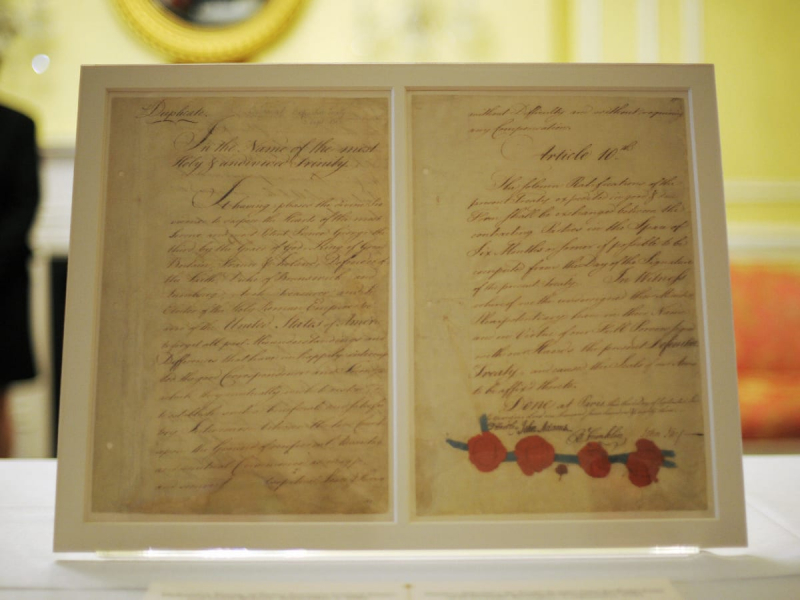Treaty of Paris
Lord North, along with the rest of Parliament and King George III, knew at that point that success over the Thirteen Colonies was not certain. In reality, success would have necessitated far more troops, resources, and money than Parliament could provide. Rather than sending more soldiers over the water to North America, British delegates were dispatched to France to begin negotiations with the US. The Treaty of Paris was signed two years later on September 3, 1783, effectively ending the Revolutionary War. With the signing of the Peace of Paris accords in 1783 and 1784, the American Revolutionary War was formally over. The Treaty of Paris, signed by representatives of King George III of Great Britain and delegates of the United States of America on September 3, 1783, was the most important of them.
The United States' status as a free, sovereign, and independent The United States was recognized in article 1 of this treaty. The Treaty of Paris established the borders between the British Empire and the United States of America in North America, among other things. In addition to Tobago in the West Indies and Senegal in West Africa, France gained two tiny colonies as part of the Paris Peace. Despite the unsolved boundary difficulties, the United States reaped the greatest advantage of the treaty's signatories, establishing the independence of The United States from European powers. Despite the loss of its American colonies, Britain's worldwide dominance grew as a result of the early industrial revolution's economic expansion. The victory came at a huge financial cost for France, and attempts to remedy the financial problem would eventually lead to the French Revolution.
The Treaty of Paris established the borders between the British Empire in North America and the United States of America, among other things. France won two little colonies, Tobago in the West Indies and Senegal in West Africa, as a result of the Paris Peace; Spain recovered control of Menorca and Florida; while the Dutch gained nothing of considerable significance.
Date: September 3, 1783













